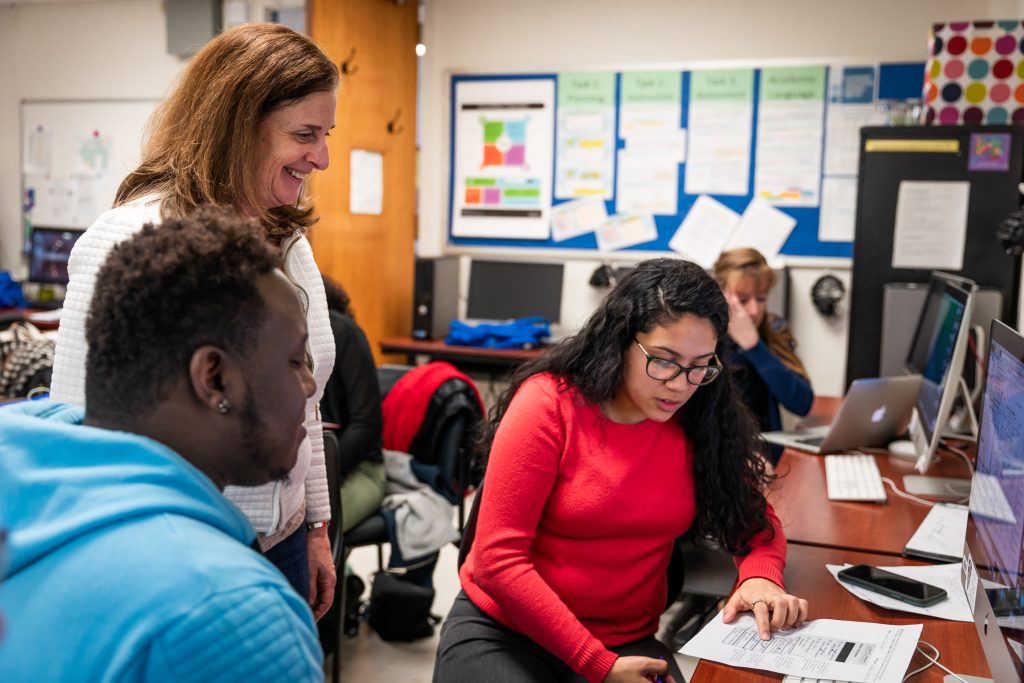Introduction
Welcome! If you are reading this, you are probably teaching LEH 250 at Lehman College. In this guide, we provide some information about the course and advice about how to teach it. There are experienced LEH faculty and those who are brand new, but all have information they need and insights to contribute. This guide is designed to be updated and to generate comments. Please consider adding annotations or proposing change to the content.
Introduction to LEH 250
LEH 250 is Lehman College’s version of a combination of a first year seminar and college success course. Unlike many similar sounding  courses elsewhere, LEH 250 is part of Lehman’s General Education program. At Lehman, General Education consists of Liberal Arts and Sciences courses that, collectively, are designed to produce graduates who are “educated, engaged and empowered.” Lehman has had some version of a first-year seminar for many years, and the nature of the seminar has changed over that time. In its incarnation as LEH 250, the course was integrated into the larger general education program for the first time. This means that it fulfills a requirement, so at a practical level it “counts for something.” But it also means that the content of the course must include a substantial amount of Liberal Arts and Sciences. That usually means reading and experiences in a discipline. That disciplinary expertise is what we ask you to bring to the course.
courses elsewhere, LEH 250 is part of Lehman’s General Education program. At Lehman, General Education consists of Liberal Arts and Sciences courses that, collectively, are designed to produce graduates who are “educated, engaged and empowered.” Lehman has had some version of a first-year seminar for many years, and the nature of the seminar has changed over that time. In its incarnation as LEH 250, the course was integrated into the larger general education program for the first time. This means that it fulfills a requirement, so at a practical level it “counts for something.” But it also means that the content of the course must include a substantial amount of Liberal Arts and Sciences. That usually means reading and experiences in a discipline. That disciplinary expertise is what we ask you to bring to the course.
A few key points
- LEH 250 is a General Education, Liberal Arts course.
- LEH 250 is not a writing intensive course.
- LEH 250 has shared learning objectives across all sections.
- Instructors bring their disciplinary expertise to the course.
Introduction to Lehman College
If you are new to Lehman there are many institutional practices and sets of jargon that you may be unfamiliar with. Even those of us who have been here many years still discover new processes and procedures. In Appendix 1 there are a list of terms and processes that you should know. More important, are some things about Lehman. For example, Lehman is a commuter campus, and most of its students come from the Bronx. Many students are immigrants themselves or are the children of immigrants, reflecting the fact that just over one third of the people living in the Bronx were born outside the United States. Students at Lehman have close to one hundred different home languages. This rich diversity makes Lehman a special place to teach. The campus culture at Lehman rejects deficit models, and instead aspires to support students in becoming college graduates and embarking on successful lives. The faculty and staff at Lehman have held firmly to the goal of providing a top notch undergraduate education.
Students
The students enrolled in LEH 250 are almost always first semester, first-year (freshman) students. The rare exception would be students who did not pass in a previous attempt or who for some reason did not take it in the first semester. Occasionally there will be a transfer student. However, students with over 45 credits cannot take the course. As a group, these students are those closest to the traditional idea of college students; almost all are recent high school graduates.
Lehman first-year students are usually graduates of non-selective New York City high schools, mostly from the Bronx. Reflecting the population of the Bronx, many are immigrants or children of immigrants (some are undocumented). Many attended low-performing high schools. Close to half are in the first generation of their family to attend college. In recent years up to about 20% have been designated as English Language Learners at some point during their time in high school. Many students are working for pay in addition to attending college, and many also have family responsibilities.

Many of the high schools Lehman students attended have low graduation rates and even lower college attendance rates. This means that Lehman students have worked hard and overcome challenging situations. Their educational experiences are often very different than those of students attending suburban or selective high schools, so they may need more support to make the transition to college-level work. At the same time, they have shown grit and dedication and bring cultures and lived experiences that profoundly enrich the classroom. By choosing to enroll, these students show us that they want to take on college-level work.
The students in LEH 250 are excited, nervous, worried and more. Most are taking their first college-level courses, and more are taking multiple college courses at once for the first time. This is a huge change at any college. It is important to both understand the social context that makes Lehman students unique and the ways in which these challenges are met by young people across the country.
Learning Communities
LEH 250 courses are usually paired with an English course. This may be ENG-111 (Composition 1), ENG-121 (Composition 2), ESL 103 (Intermediate) or ESL 104 (Advanced). Paired means that the same students will be in both your class and the connected course. This connection holds for more than 90% of first-year students. We will let you know who is the instructor for the connected course. You are strongly encouraged to work collaboratively with that instructor to the extent that makes sense for you.
Most of your students will also be in most of their other courses together. These “blocks” are generally based on their intended majors, but also include general education courses. Many include a math course
These blocks fall into several categories.
-
- About half of students who intend to be nursing or other health science majors usually are also enrolled in BIO 181 (Anatomy and Physiology) along with a course that explores health careers.
- The other half of students who intend to be nursing or other health science majors take MAT 128 Quantitative Reasoning along with a course that explores health careers.
- Some students who intend to be biology, chemistry, or physics majors take either biology or chemistry and a math course, most often precalculus and trigonometry.
- Other chemistry, biology, and physics majors take Quantitative Reasoning and Environmental Sciences.
- Most students intending to be computer science majors take a programming course and either Quantitative Reasoning or precalculus.
- Students intending to be economics, business, or accounting majors generally take ECO 166 or ECO 167 along with a General Education course and a math course, most often MAT 132 Statistics or MAT 126. Many also take a career exploration course.
- “Undecided” students, or those who plan on one of the smaller majors, have a mixture of general education courses. Some may have math.
As soon as the schedules are ready you will be told what group or groups of students you will be working with and the names of the other faculty teaching the other courses students are taking. You can see a typical list of blocks in the Appendix.
Introduction to the Brightspace Course Shell
Lehman uses the Brightspace Learning Management System. A common “course shell” in Brightspace will be loaded into your individual Brightspace course. This is a starting point for you.
Below are three areas incorporated in the course design:
- being a college student (which is the course textbook/10 Things plus assignments and room for you to add additional work)
- being a college scholar (which is where you share your disciplinary knowledge and course theme with your students)
- practicing your scholarly skills (which is the deep dive project)
These are called modules in Brightspace. We strongly encourage you to work within this three module framework. Too many modules on the course homepage is visually overwhelming.
